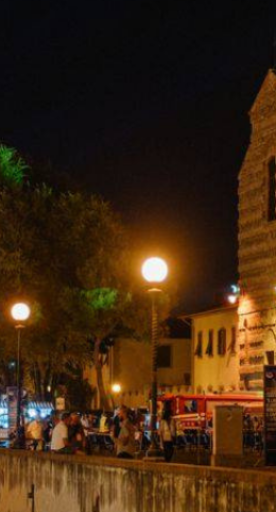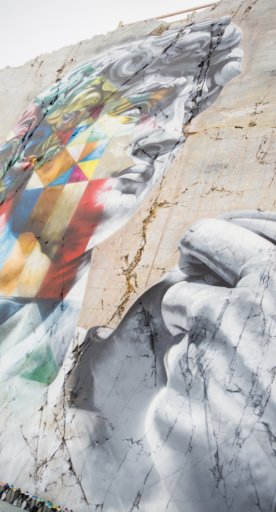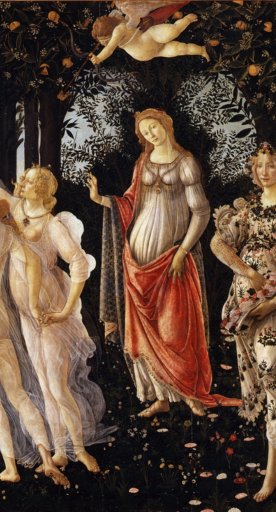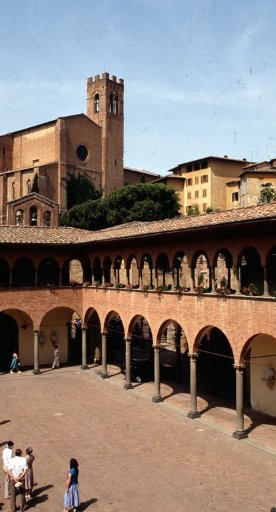
The Houses of Memory of Tuscany
A journey through history, to get to know the great personalities of the past in an unprecedented way
Tuscany, a land rich in charm, has been able to bewitch great personalities of the past: poets, artists, musicians and men of letters have had a deep connection with this territory, living here and drawing inspiration from it.
The mansions in which these illustrious personalities lived represent a priceless heritage and are well worth a trip, through history, memory and art.
The so-called Houses of Memory are houses-museums that speak of an intense world of relationships: in each of these mansions, visitors, in addition to admiring the permanent setting-up, can follow guided tours, educational activities, lectures, seminars and exhibitions.
Let's discover the most important ones together!
-
1.Poets and men of letters
-
2.Musicians
-
3.Painters, sculptors and inventors
-
4.Explorers, antiquarians and collectors
Poets and men of letters
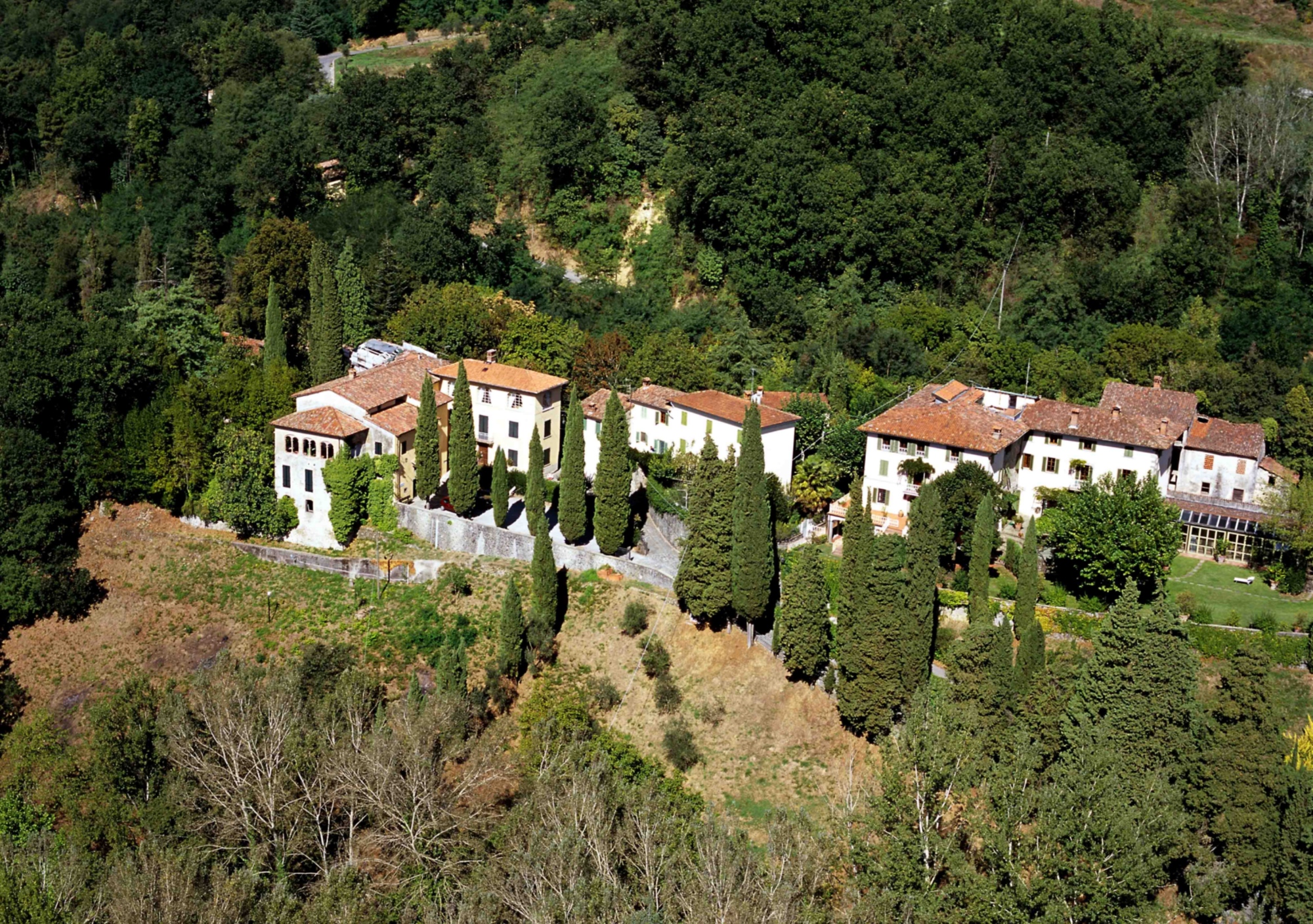
Let's begin this journey with one of the most influential personalities in Florentine history: the Museo Casa di Dante is located in the heart of Florence, among the alleys of the historic town center. It includes a technological and multimedia exhibit that allows visitors to discover, in an engaging and interactive way, the life and work of one of the greatest figures in Italian and world literature.
Again in Florence, in Piazza San Felice, stands Casa Guidi: the home that for many years housed the couple – the famous English poets - Robert Browning and Elizabeth Barret Browning. Except for a few very valuable pieces, paintings and furniture in the residence were purchased from Florentine junk dealers. Today the apartment retains the appearance of that period.
In the nearby village of Certaldo, however, is located the Casa del Boccaccio, a museum dedicated to spreading knowledge about the work and figure of the poet, who was born here in 1313.
Inside are furnishings, furniture and panels documenting his life and works. In the Stanza del Poeta a fresco by Florentine painter Pietro Benvenuti, depicting Boccaccio at his work table, can also be admired.
Moving to the Etruscan Coast - and specifically to Castagneto Carducci - we find the Casa Museo Carducci, created to evoke the bond between the poet and the village that was so inspiring to him.
Between the Tuscan-Emilian Apennines and the Apuan Alps, Castelvecchio - a few kilometers from Barga - houses the residence where Giovanni Pascoli lived the most peaceful years of his life until his death on 6 April 1912.
It was here that his most successful poetic collections such as the Primi Poemetti, Canti di Castelvecchio and Poemi Conviviali saw the light of day. Pascoli's home includes a chapel where the poet rests next to his sister Maria.
Musicians

In the historic center of the city of Lucca, the Museo Casa natale Giacomo Puccini is a true journey on the traces left by the great composer, to rediscover the personality, genius and passion of a musician creator of extraordinary works known throughout the world.
In the museum, the original rooms with historical furnishings have been recreated.
The apartment houses precious objects that belonged to the musician, including the Steinway & Sons piano on which he composed the opera Turandot, autographed scores of early compositions, and many letters by and to Giacomo Puccini (of great importance are those from Giulio Ricordi).
In Empoli, one of the most contemporary centers of the Valdelsa, the Museo Casa Busoni develops in the house where the musician Ferruccio Busoni was born: it collects rare manuscripts, original librettos, letters and about 100 photographs of that time. Also in the exhibition rooms is a marble bust of the musician - signed by sculptor Antonini - and a piano on which Busoni played during his stays in Empoli.
In Lastra a Signa, in the evocative setting of Villa Bellosguardo, stands the Museo Enrico Caruso, which collects memorabilia, photographs of that time, personal items and stage costumes, as well as a collection of records recorded by Caruso and an interactive path where you can listen to the tenor's voice.
A few kilometers from Arezzo, precisely in Talla, the Casa natale Guido Monaco - better known as Guido d'Arezzo - is an itinerary dedicated to the monk who invented modern musical notation.
The setting-up is mainly documentary and didactic and exhibits instruments and codices that allow visitors to retrace the history and characteristics of the religious man's studies.
Painters, sculptors and inventors

In Vicchio, on the hill of Vespignano is the ancient castle where, according to tradition, Giotto was born in 1267.
The Museo Casa di Giotto is a space for experiences, encounters and artistic production, which comes alive on week-ends, during events or school trips.
In Anchiano, just three kilometers from the village of Vinci, a simple country home is the birthplace of one of the world's most famous figures, Leonardo da Vinci. In the adjoining farmhouse is a high-definition digital reproduction of the Last Supper, projected on a wall: it is possible to explore the painting, thanks to technology, in a truly evocative way.
An ancient castle perched in the green Tuscan hills is the birthplace of another great Tuscan artist: the Museo Casa Natale di Michelangelo Buonarroti in Caprese Michelangelo is a journey through Michelangelo's most important sculptural works, which can be seen here thanks to a collection of plaster casts of great historical and educational value, celebrating the sculptor's greatness.
Back in Florence, in the central Santa Croce district, we find Casa Vasari, the home where the master lived for many years and died in 1574.
Vasari frescoed the various rooms, later enriching the house with a remarkable collection of paintings by his contemporaries.
In the village of Pontorme, in Empoli, is the Casa Museo where Jacopo Carucci known as “Il Pontormo” was born and spent his youth before moving to Florence.
The museum tour recounts Pontormo's life and art and displays objects and works that tell the story of his painting style.
On the ground floor of the town hall in Loro Ciuffenna is the Museo Venturino Venturi wanted by the artist himself, who was born here in 1918.
The museum is the most important public collection of the artist's works and was inaugurated in 1993 by Venturino himself with the display of the 93 works he donated to the Municipality of Loro Ciuffenna.
An exhibition gallery and authentic testimony to the past, Casa Modigliani is located in Livorno, in the heart of the city.
The building where the painter was born and lived, together with his family, takes visitors on a journey through the painter's life and artistic growth with photographs, documents and reproductions of paintings.
Explorers, antiquarians and collectors
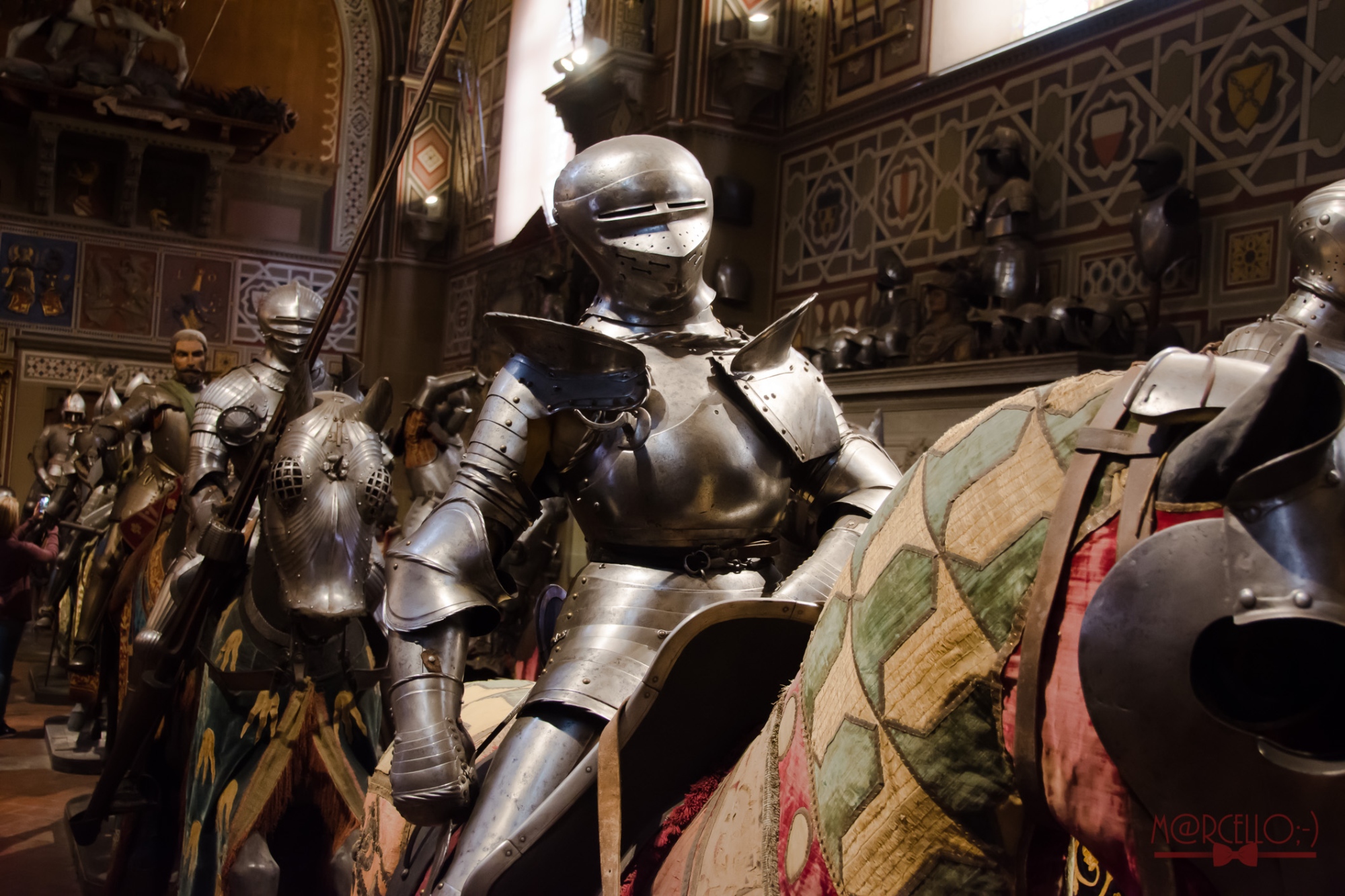
The Casa Museo Ivan Bruschi is located in Arezzo inside the medieval palace of the Capitano del Popolo and was the home of Bruschi himself, collector and inventor of the Arezzo Antiques Fair.
The exhibition brings together the antiquarian's personal collection and documents his interests with material ranging from prehistoric times to the 20th century and including collections of non-European origin.
Prato is home to the residence of the famous merchant Francesco Datini, one of the richest merchants of his time with a business that ranged from trading in arms, jewelry and spices to marketing wool and textiles from Prato. His company had branches in Italy and abroad, as far away as Egypt. Here it is possible to visit the State Archives where the important archival funds are preserved and the entire Archivio Datini, the richest and most complete correspondence and mercantile records in the world.
Finally, we return to Florence, to one of the city's most original museums: the Museo Stibbert, a house-museum built in the 19th century by its owner, Frederick Stibbert, where the exceptional collections that he left to the city are gathered in a scenographic setting, in particular the famous collection of weapons, but also objects of art and daily life from European, Islamic and Far Eastern civilizations, particularly Japanese.
Also in Florence, the Museo Stefano Bardini, is a permanent exhibition of works ranging from the Roman age to the 18th century: these are pictorial and sculptural masterpieces such as the Carità by Tino di Camaino, the Madonna del Cordai by Donatello, a terracotta by Della Robbia, the Porcellino by Tacca (from the famous fountain), and San Michele Arcangelo by Antonio del Pollaiolo, all collected by the antiquarian Stefano Bardini.













